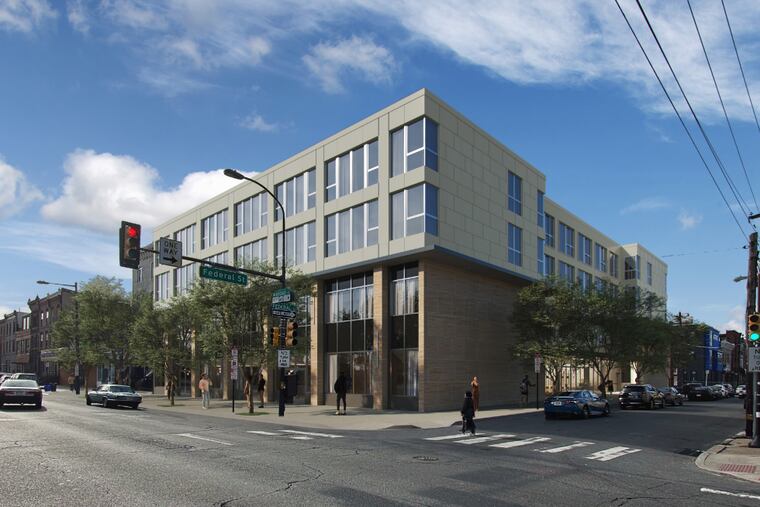Historical Commission approves 53 apartments above PEP Bowl in South Philly
But a 33-unit apartment building in Germantown before the Historical Commission faced more pushback.

But a 33-unit apartment building in Germantown before the Historical Commission faced more pushback.
